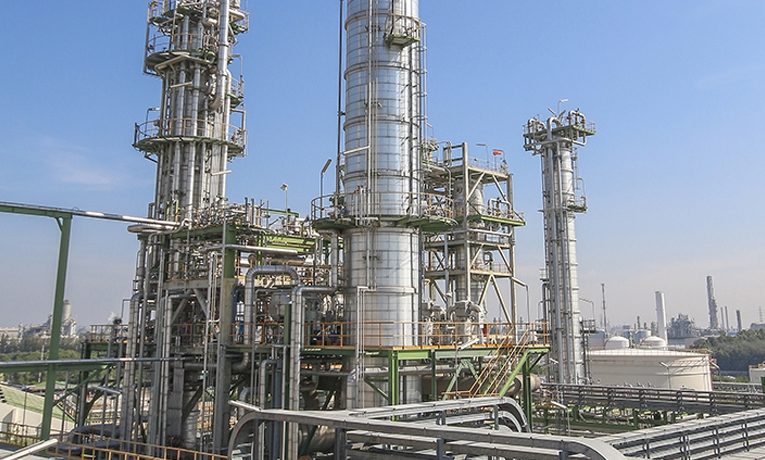The latest figures from the International Energy Agency show over 5 million barrels per day of Russian crude exported. The majority was sent to Europe and Asia Pacific (China in particular), with smaller amounts to North and South America. Russian crude accounts for over 30% of total European imports.
Russian crude oil exports will be impacted by potential self-sanctioning or sanctioning by pro-Ukrainian governments and companies. In this case, refining companies in China could increase their purchases of Russian oil. The same shift to China occurred when the United States imposed economic sanctions against Venezuela and Iran.

Where does this leave European crude supply? Refineries in Europe will need a substitute for Russian crude, and supplying refineries connected to the Druzhba pipeline will be especially difficult. Crude oil from the Middle East could fill the void, but so far OPEC has only pledged to raise production targets gradually. There is discussion of deals to potentially return Iranian crude to the market. European refiners will have to decide whether to take maintenance turnarounds on their facilities normally scheduled for the spring season. This will impact crude demand in the short-term.
Could the United States fill the void left by Russian crude being sanctioned? While multiple crudes are potentially available for export, crude oil price above 100 USD per barrel is well above the breakeven cost of 50 USD per barrel for Permian Basin oil. West Texas intermediate (WTI) is a lighter, sweeter crude vs. typical Russian crude which is heavier and contains more sulfur. However, WTI carries with it hidden costs in both logistics (2 USD per barrel more to ship from the US Gulf Coast) and yields (approximately 13% more naphtha) on a continent which favors diesel over gasoline.
If European refining margins can support these additional costs (including energy costs which have risen dramatically), increased demand for WTI could encourage investment to invigorate US production that has been slowly recovering post demand destruction due to the pandemic. How can refineries who survived the pandemic operate profitably in this new crisis while meeting longer-term sustainability goals? Since its inception in 1981, Solomon’s Worldwide Fuels Refinery Performance Analysis–representing up to 85% of the worldwide refining capacity–generates a rich and unique collection of operating data and insight. See how Solomon is helping refineries successfully improve energy efficiency, lower carbon emissions, and strategically understand their competitive cost to produce transportation fuels at www.solomoninsight.com/refining.

.jpg)






.jpg)
-updated.jpg)
-updated.jpg)
.jpg)
.jpg)
-updated.jpg)
-updated.jpg)
.jpg)
.jpg)
.jpg)


.jpg)
.jpg)
.jpg)
.jpg)
.jpg)
.jpg)
.jpg)
.jpg)
.jpg)
.jpg)
.jpg)
.jpg)
.jpg)
.jpg)
.jpg)